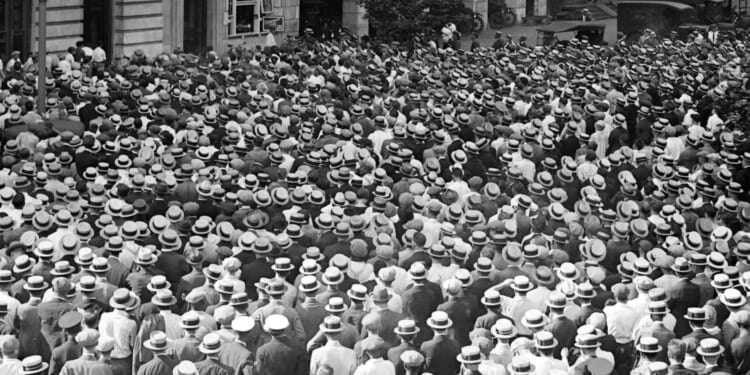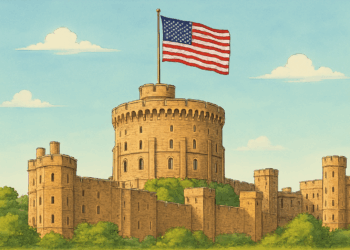No more funding for the CPB.
The federal government has been funding select media organizations for decades. It’s time to give this responsibility back to the free market.
Last month, President Trump signed a bill rescinding $1.1 billion in funding for the Corporation for Public Broadcasting (CPB), which finances NPR, PBS, and their local affiliates. CPB has since announced that it is shutting down, and many media organizations have warned that funding cuts will put small-town newsrooms at risk of closing and eliminate news coverage for local communities. The federal government has financed public broadcasting for decades. Over that time, Republicans argue, this broadcasting has become increasingly biased. Taxpayers, they claim, should not be forced to fund media outlets that they disagree with.
They are right—the federal government does not need to be in the news business. Subsidies shouldn’t be keeping entire segments of an industry afloat, and the argument that local newsrooms need a lifeline has been used repeatedly to justify a profusion of preferential treatment, including antitrust exemptions that would enable news companies to cartelize.
If this news subsidy ever served a useful purpose, it has long outlived it, especially given the evolution of media. News is now more decentralized, varied, and accessible than ever before. The Trump administration recognized this shift back in May, in the “Ending Taxpayer Subsidization of Biased Media” Executive Order. Trump noted that “unlike in 1967, when the CPB was established, today the media landscape is filled with abundant, diverse, and innovative news options.” Social media and, more broadly, the Internet have driven these changes. Today, there is no shortage of coverage. The barriers to entry are low—various nonprofit and for-profit media organizations now thrive on YouTube, X, Instagram, and TikTok. Even everyday users can share news, particularly at the local and state levels, where traditional newsrooms once held a monopoly.
At the same time, public broadcasting has adopted an ideological slant, consistent with that of other industry players who generate enough revenue or donations to fund their operations. If a government subsidy were ever warranted, it would be for a service that the free market could not provide. But public broadcasting currently provides services similar to those companies that operate without government support.
Beyond economic policy, there is another reason the government should exit the news business: its involvement delegitimizes the very principle of a free press. The EO highlighted how “government funding of news media in this environment is not only outdated and unnecessary but corrosive to the appearance of journalistic independence.” In the United States and around the world, an independent media is superior to state-backed outlets. In other countries, there is a correlation between government control of news and the erosion of individual liberty. While journalists in the United States retain greater editorial autonomy, it is unwise for the United States to continue a practice that has undermined free speech in parts of Europe and Asia.
Ultimately, these funding cuts are a result of both executive and legislative action. The political branches have returned the responsibility of news sharing and dissemination back where it thrives best—to the free market, and to the people.












